Making low budget narrative films, I'll often find myself on a location that leaves me with very little room to shoot in terms of physical space. Using a long focal length is great and adds a depth to your image, but if you are shooting in an enclosed location then suddenly that becomes an issue unless you want to shoot entirely in close ups. If you're making low budget movies, the chances are that you are not going to be able to build all your sets and so removing walls, ceilings etc to create more room is not usually an option, which usually means that you have to shoot in pre existing environments and not every film is shot in a spacious warehouse or street, more times than not I find myself having to shoot in very tight locations with very little space.
This is where your wide angle lens becomes especially useful. Most people using an interchangeable lens system have a 'Kit Lens' which will come out to between 14mm-16mm (depending on brand etc) which is a fairly wide. However not always wide enough. Even at the shortest focal length I've sometimes struggled to have a wide enough angle to get my shot.
I looked into wide angle options, but trying to find a low budget wide angle lens can be tricky and finding one at a cheap price even harder. The fact is, if you are shooting zero budget movies, which most the time I am, then you will find it tough to drop £150 - £1000 on a wide angle lens. I was in that position a few years ago and so I looked to find another solution.
This is where your wide angle lens becomes especially useful. Most people using an interchangeable lens system have a 'Kit Lens' which will come out to between 14mm-16mm (depending on brand etc) which is a fairly wide. However not always wide enough. Even at the shortest focal length I've sometimes struggled to have a wide enough angle to get my shot.
I looked into wide angle options, but trying to find a low budget wide angle lens can be tricky and finding one at a cheap price even harder. The fact is, if you are shooting zero budget movies, which most the time I am, then you will find it tough to drop £150 - £1000 on a wide angle lens. I was in that position a few years ago and so I looked to find another solution.
WIDE ANGLE ADAPTER
I picked up a wide angle adapter on ebay for about £15, its a simple screw on adapter that attaches to your filter thread at the front of your lens and just expands your angle that little bit more. I was dubious when I picked it up, just because it was so cheap, but the results were great and really helped me open out the angle enough to get the kind of shots that I was after in those small spaces.
It comes in fairly handy too when doing tracking and steady cam shots as it just opens the image up a little more and ensures you have something wide enough for full coverage. I used the same adapter for the last 5 years on almost every project I've shot and as a result I never needed to buy a wider lens. When I finally moved to Panasonic cameras last year, the first thing I did was buy a new wide angle adapter for its kit lens. Then later adapted it to a 14mm prime that gives me a great image without having to pick up a wider lens.
When I first look into the adapters I did hear complaints about them distorting images through the glass, but I'm happy to say that I've never had a problem with this at all on shorter focal lengths. I did adapt it to fit a 50mm lens a few years ago and the due to the longer focal length the image become very soft and blurred, but thats about the only issue I've had.
It comes in fairly handy too when doing tracking and steady cam shots as it just opens the image up a little more and ensures you have something wide enough for full coverage. I used the same adapter for the last 5 years on almost every project I've shot and as a result I never needed to buy a wider lens. When I finally moved to Panasonic cameras last year, the first thing I did was buy a new wide angle adapter for its kit lens. Then later adapted it to a 14mm prime that gives me a great image without having to pick up a wider lens.
When I first look into the adapters I did hear complaints about them distorting images through the glass, but I'm happy to say that I've never had a problem with this at all on shorter focal lengths. I did adapt it to fit a 50mm lens a few years ago and the due to the longer focal length the image become very soft and blurred, but thats about the only issue I've had.
IT'S ALSO A MACRO ADAPTER!!
Oh yeah, not only does this lens open out your wide shots, but it screws in half to become a macro lens. This means that you get right in close to small objects and get some incredibly close shots.
I have a little signature shot I try and fit into every film. A close up of an eye opening. In the past, with conventional video cameras I would really struggle to get close enough to get the shot in the way that wanted, but with this lens it makes it a breeze.
Its really good for getting in there and just getting some awesome details, especially when it comes to smaller objects. I even used it to shoot a very 'arty' title sequence for a film last year featuring some small creepy dolls, but more on that later.
I have a little signature shot I try and fit into every film. A close up of an eye opening. In the past, with conventional video cameras I would really struggle to get close enough to get the shot in the way that wanted, but with this lens it makes it a breeze.
Its really good for getting in there and just getting some awesome details, especially when it comes to smaller objects. I even used it to shoot a very 'arty' title sequence for a film last year featuring some small creepy dolls, but more on that later.
TELEPHOTO ADAPTERS
For those who need to go the other way, there are also telephoto adapters that do the opposite and give your existing lens some extra zoom by magnifying the image without you have to use digital zoom and degrade your image. Its not something I've ever had to use up until now, but its just another tool for around the same price that can help add a variety to your existing equipment.
UPDATE 2020 : Since this blog was written I've had a few 2X Telephoto Adapters pass through my kit bag and they really are very useful. Whilst they don't really hold a patch a proper Telephoto lens, I have found myself in the odd occasion where they provide that extra reach in a pinch.
During the shoot for CleaverS : Killer Clowns we took a n=bunch of extras down to the small town where we shot the scene of the Two Sheriffs to get Jody-Anne's POV shots. The wide went well. Shot with the 100mm we had, it was fine and worked well and we got the shot in a couple of takes.
I'm a narrative filmmaker and usually I'm shooting at a focal length of 85mm at its limit. So we made arrangement to borrow a rather nice 100mm for our shoot at the township to get the aesthetic I wanted.
The problem came when we wanted to punch in on the 'Little creepy clown girl' hidden in the shot. Suddenly the 100mm just wasn't cutting it. We couldn't move our position as we were perched on the only bit of road that didn't have constant traffic ad so, out came the 2x Telephoto.
It punched right in and gave us just enough reach to get the shot without having to reset the camera and leave our extras waiting.
Since then, Ive also used it for various close ups during dialogue scenes for when I'm running and gunning and locking in lens variety, Its worth having on in your bag just in case and over the years I've found myself using Telephoto adapters more and more.
P.S. Also, I shot some boat shows a while back and without an adapter I wouldn't have been able to get anything close enough to be considered usable footage.
UPDATE 2020 : Since this blog was written I've had a few 2X Telephoto Adapters pass through my kit bag and they really are very useful. Whilst they don't really hold a patch a proper Telephoto lens, I have found myself in the odd occasion where they provide that extra reach in a pinch.
During the shoot for CleaverS : Killer Clowns we took a n=bunch of extras down to the small town where we shot the scene of the Two Sheriffs to get Jody-Anne's POV shots. The wide went well. Shot with the 100mm we had, it was fine and worked well and we got the shot in a couple of takes.
I'm a narrative filmmaker and usually I'm shooting at a focal length of 85mm at its limit. So we made arrangement to borrow a rather nice 100mm for our shoot at the township to get the aesthetic I wanted.
The problem came when we wanted to punch in on the 'Little creepy clown girl' hidden in the shot. Suddenly the 100mm just wasn't cutting it. We couldn't move our position as we were perched on the only bit of road that didn't have constant traffic ad so, out came the 2x Telephoto.
It punched right in and gave us just enough reach to get the shot without having to reset the camera and leave our extras waiting.
Since then, Ive also used it for various close ups during dialogue scenes for when I'm running and gunning and locking in lens variety, Its worth having on in your bag just in case and over the years I've found myself using Telephoto adapters more and more.
P.S. Also, I shot some boat shows a while back and without an adapter I wouldn't have been able to get anything close enough to be considered usable footage.
You will certainly get better result from spending the extra cash on a decent wide angle or a decent Tele photo lens, but for a low budget solution I have certainly found the results negligible. This works great for me and it is a brilliant cheap option if you can't fork out for an expensive lens.
As always just remember that a better lens won't make you a better cinematographer in the same way that a cheap lens won't make you a worse one.
MJ
IF YOU FIND THIS BLOG USEFUL. PLEASE SHARE. You can keep up to date with our filming goings on at our FACEBOOK PAGE :)
As always just remember that a better lens won't make you a better cinematographer in the same way that a cheap lens won't make you a worse one.
MJ
IF YOU FIND THIS BLOG USEFUL. PLEASE SHARE. You can keep up to date with our filming goings on at our FACEBOOK PAGE :)

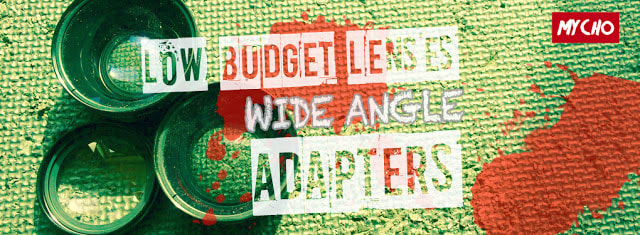
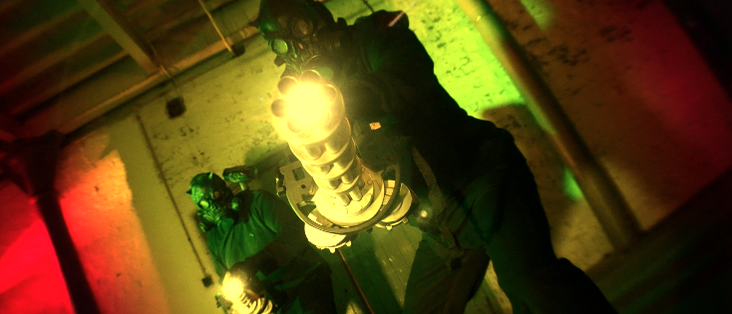
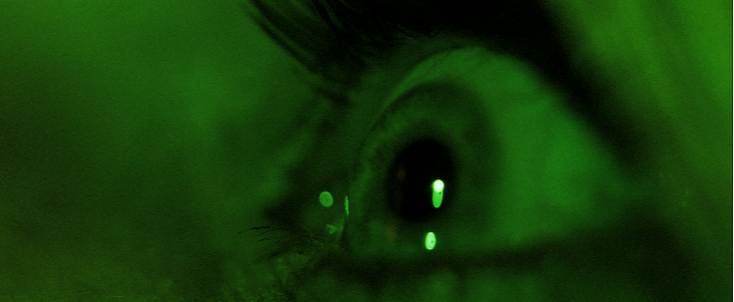
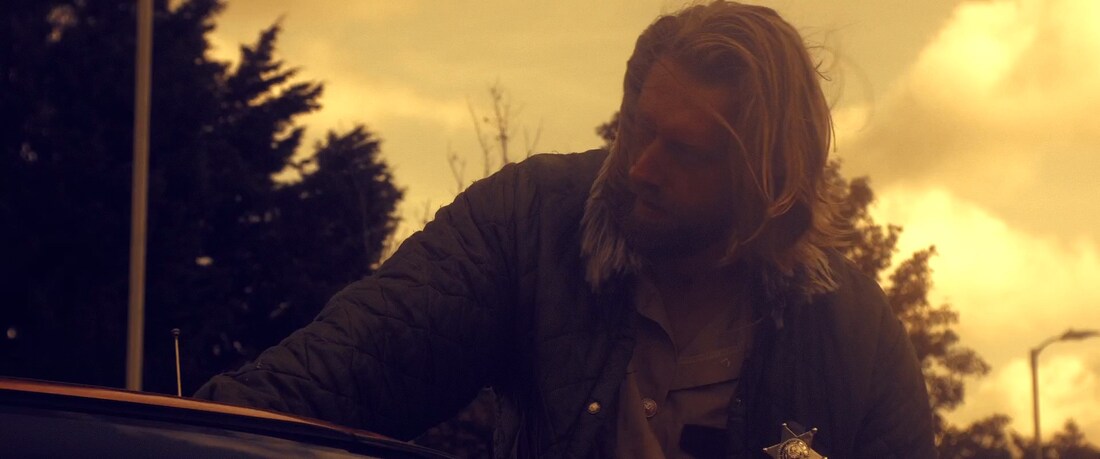
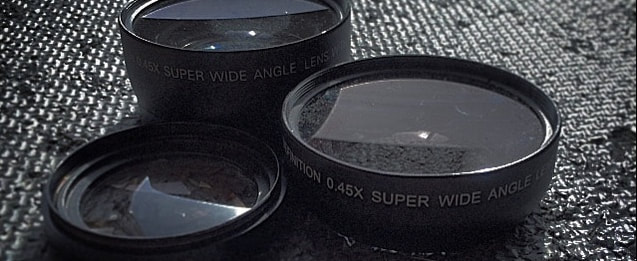
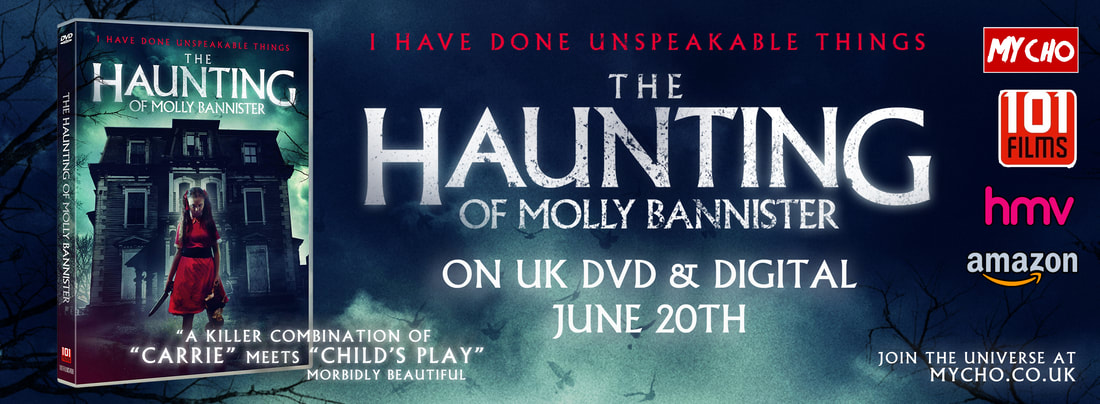
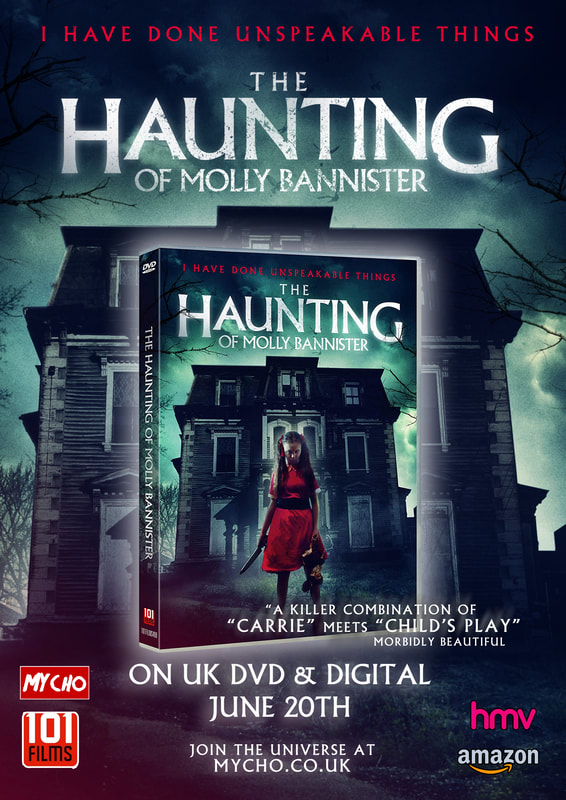
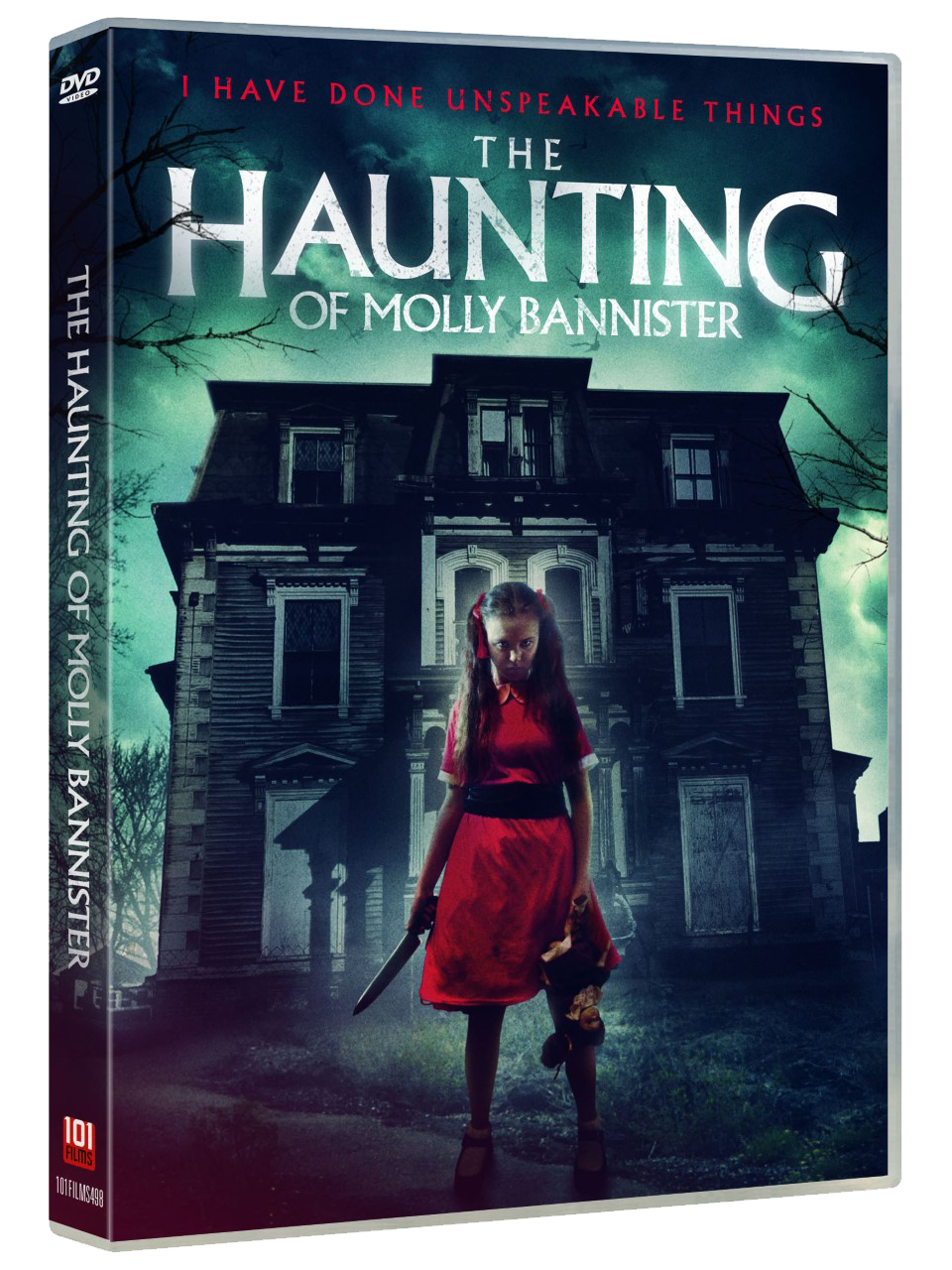
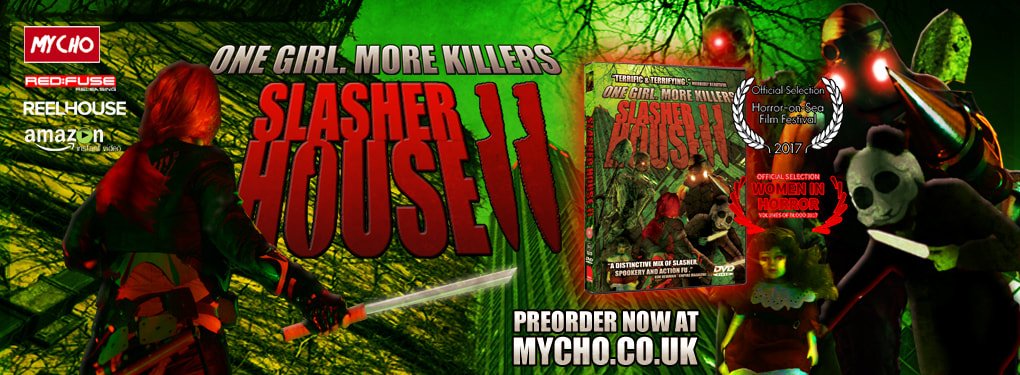
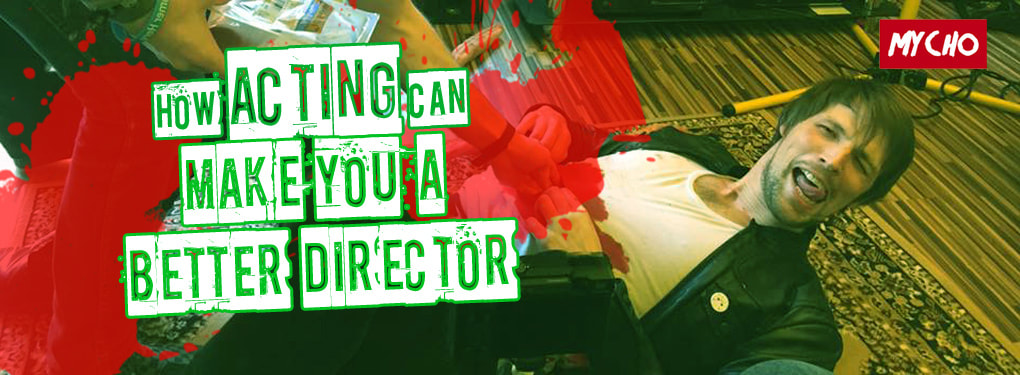
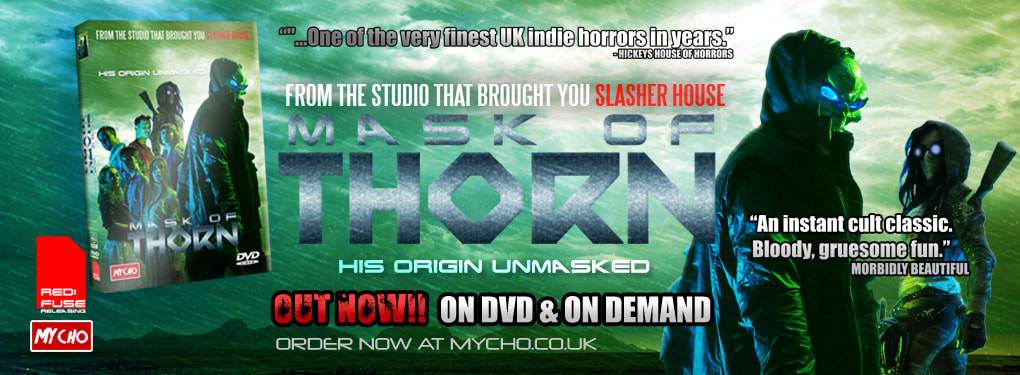
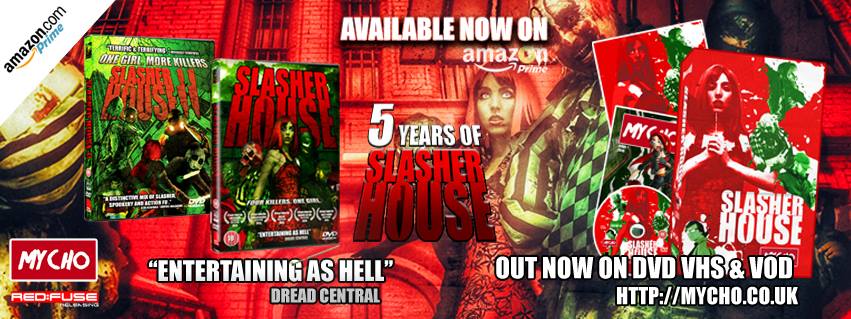
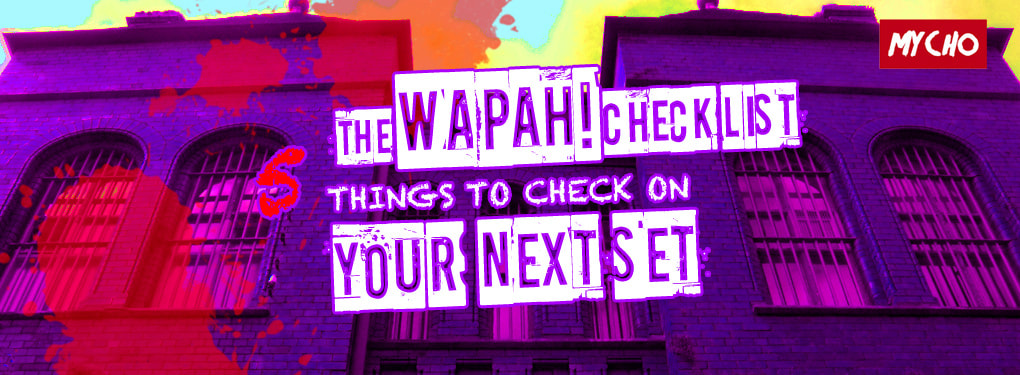
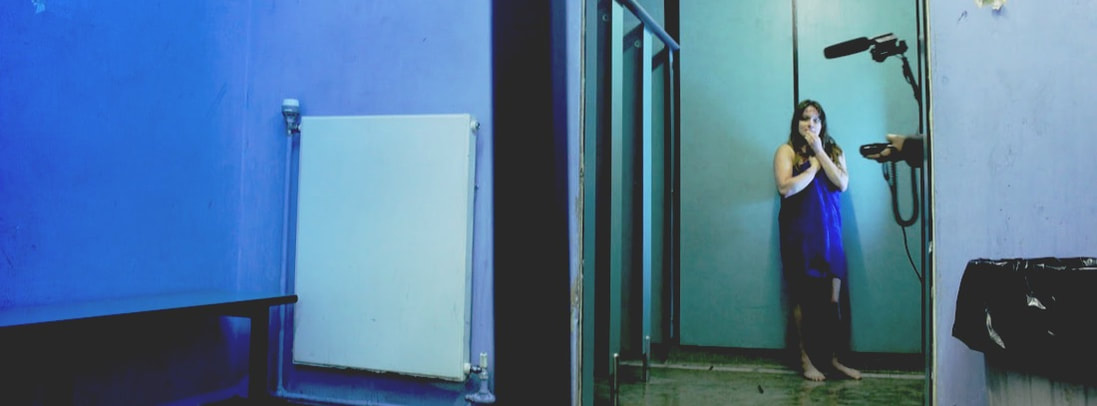
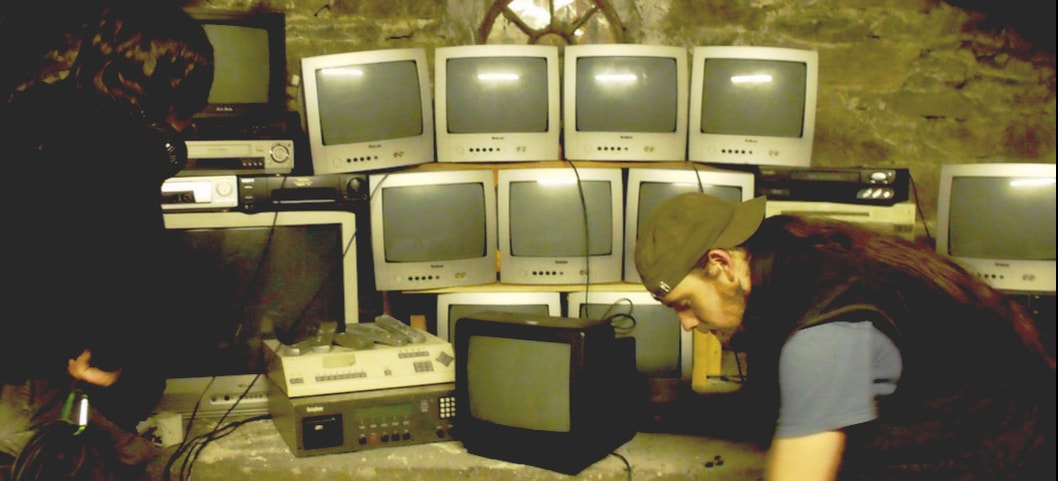
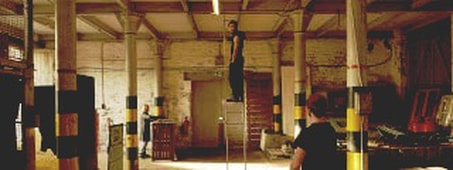
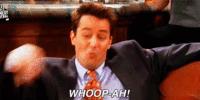
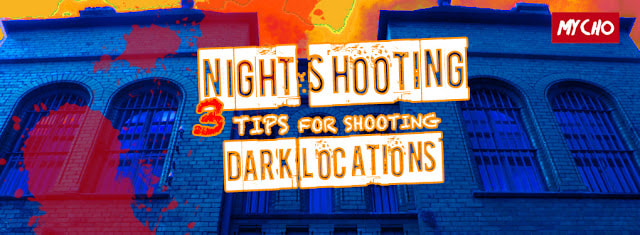
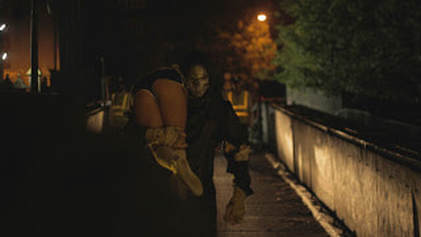
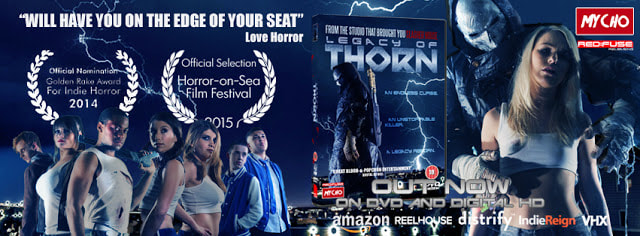
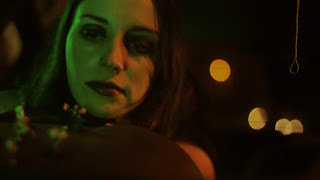
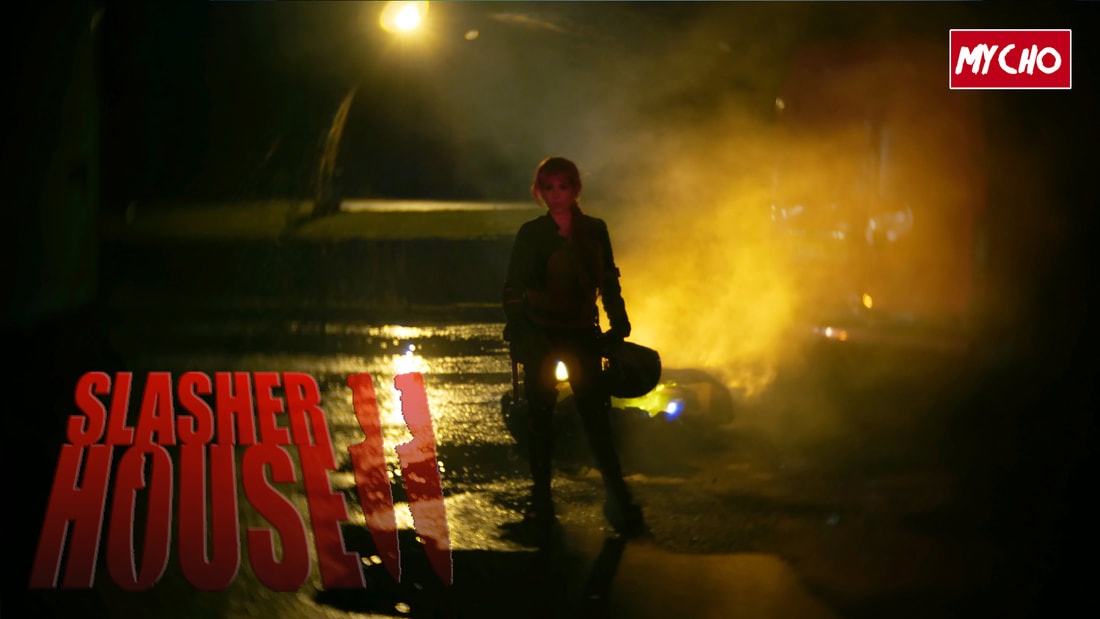
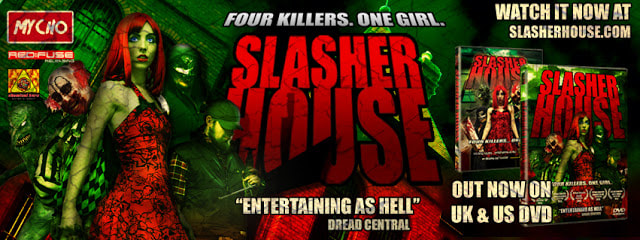
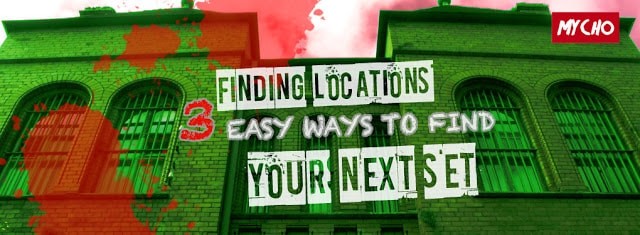
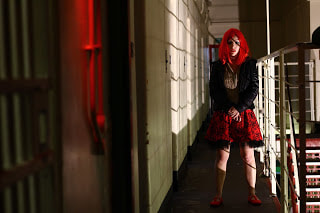
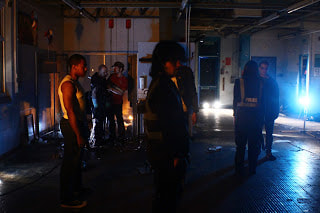
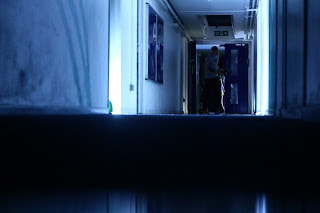
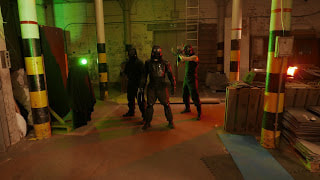
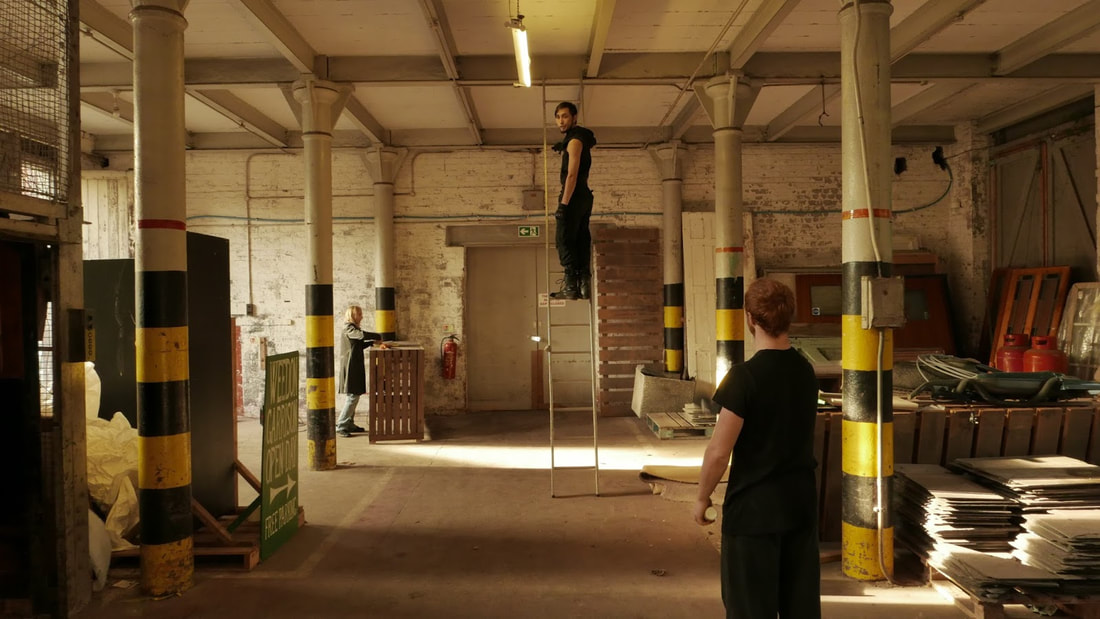
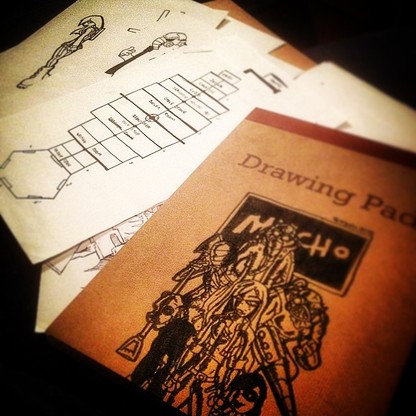
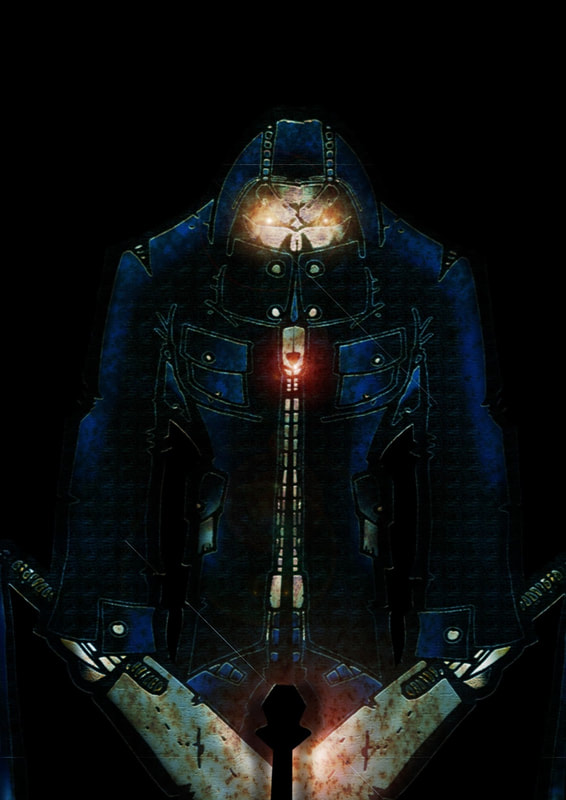
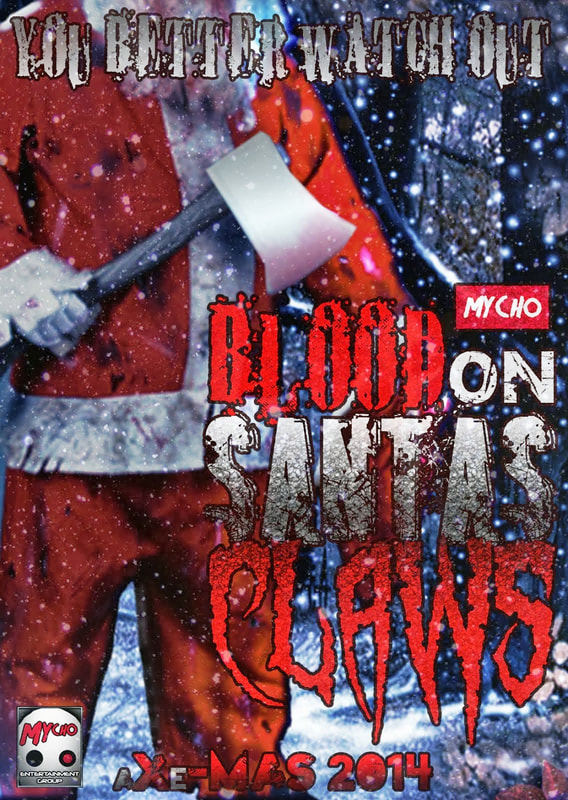
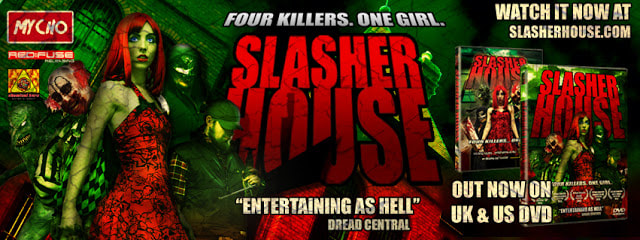
 RSS Feed
RSS Feed
